The Minginish peninsula on Skye was largely cleared in the Clearances of the 1800s but 100 years ago it was deliberately repopulated on land bought by the government from the MacLeod’s of Dunvegan Castle, with crofts created as part of the “land for heroes” campaign after the First World War. Families from Harris, Lewis and other parts of Skye arrived between 1923 and 1924. Now the community is celebrating that anniversary, looking to put together an exhibition in June 2024 and erect a memorial as Judy Vickers explains.
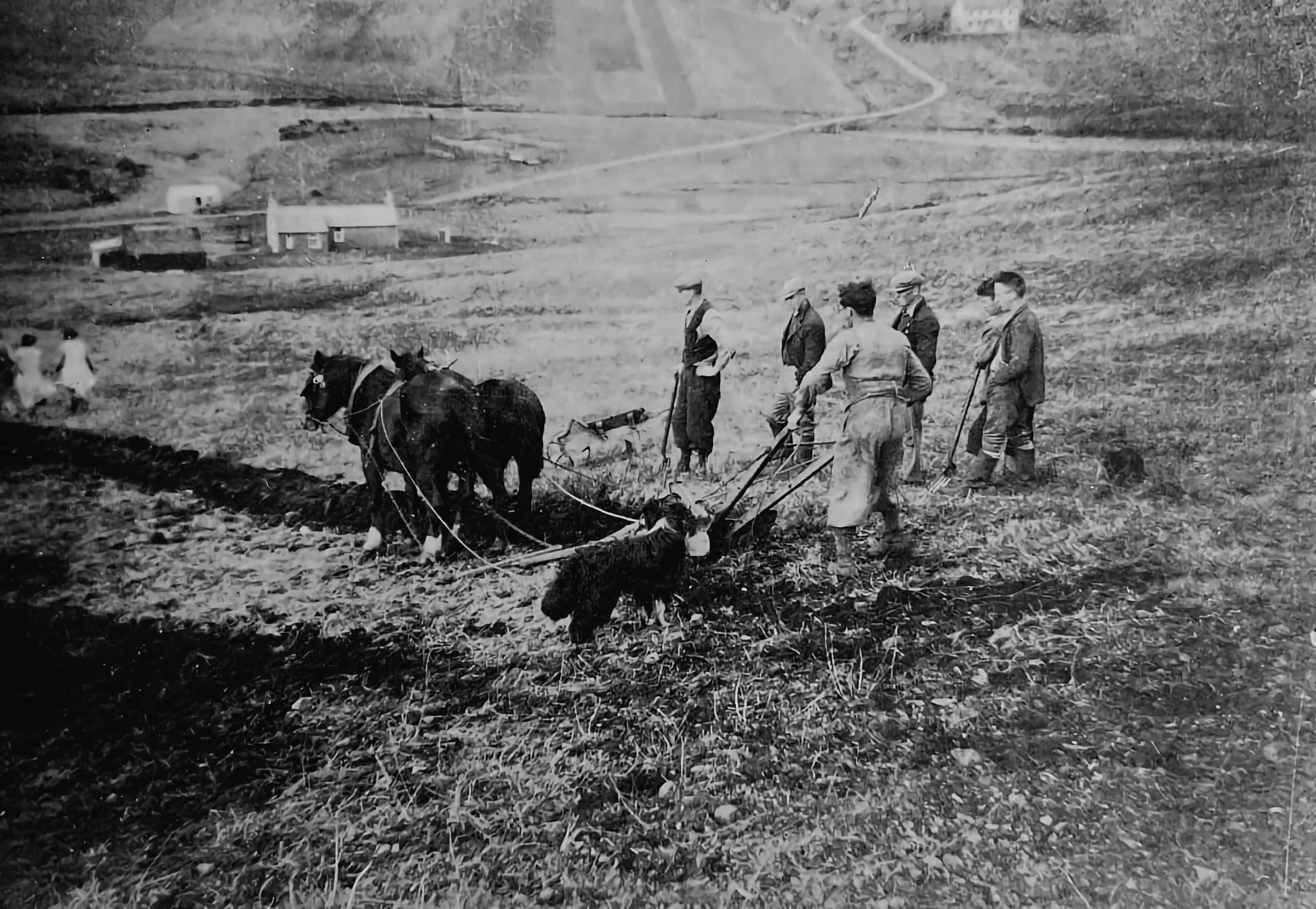
The land in north Talisker, near the famous distiller, had stood almost empty of people for more than 100 years after the brutal Clearances of the 19th century. The Clearances in Scotland saw tenants evicted from their homes, farms and crofts, sometimes physically and forcibly, by landowners keen to make better use and more money from their estates, more often than not by creating large areas for profitable sheep from the seized land. The Clearances, which took place in various parts of Scotland during the 18th and 19th centuries, left a scar on Scotland’s history and its people; many ended up emigrating and plenty did not forget the land which had sometimes been worked by the same family for generations. In the wake of the First World War, emotions were running high. Returning servicemen had been promised “land for heroes” and the post-war period was marked by a series of land riots and land raids – where families set up home and began farming on land that had been ancestrally theirs. But in north Talisker in Skye the early 1920s saw a kind of reverse Clearances, and one that was actually carried out by the government.
“The land where we are in Talisker had been really badly cleared by the MacLeod family and turned over to sheep so there were very few families that were originally from the area still here, it was a pretty empty landscape,” explains Nick Middleton, one of the modern-day residents in north Talisker on the Minginish peninsula. He adds: “Men had been promised land before they went to fight in the First World War and they weren’t given it on their return. There were quite a few land riots and land raids, I think the government was embarrassed into acting. The Land Settlement Act of 1919 was a fairly important law in that it allowed compulsory purchase of land from various estates, it happened not just here, Raasay (an island off Skye), and Glendale in north of Skye had similar settlements.”
The centenary of their creation
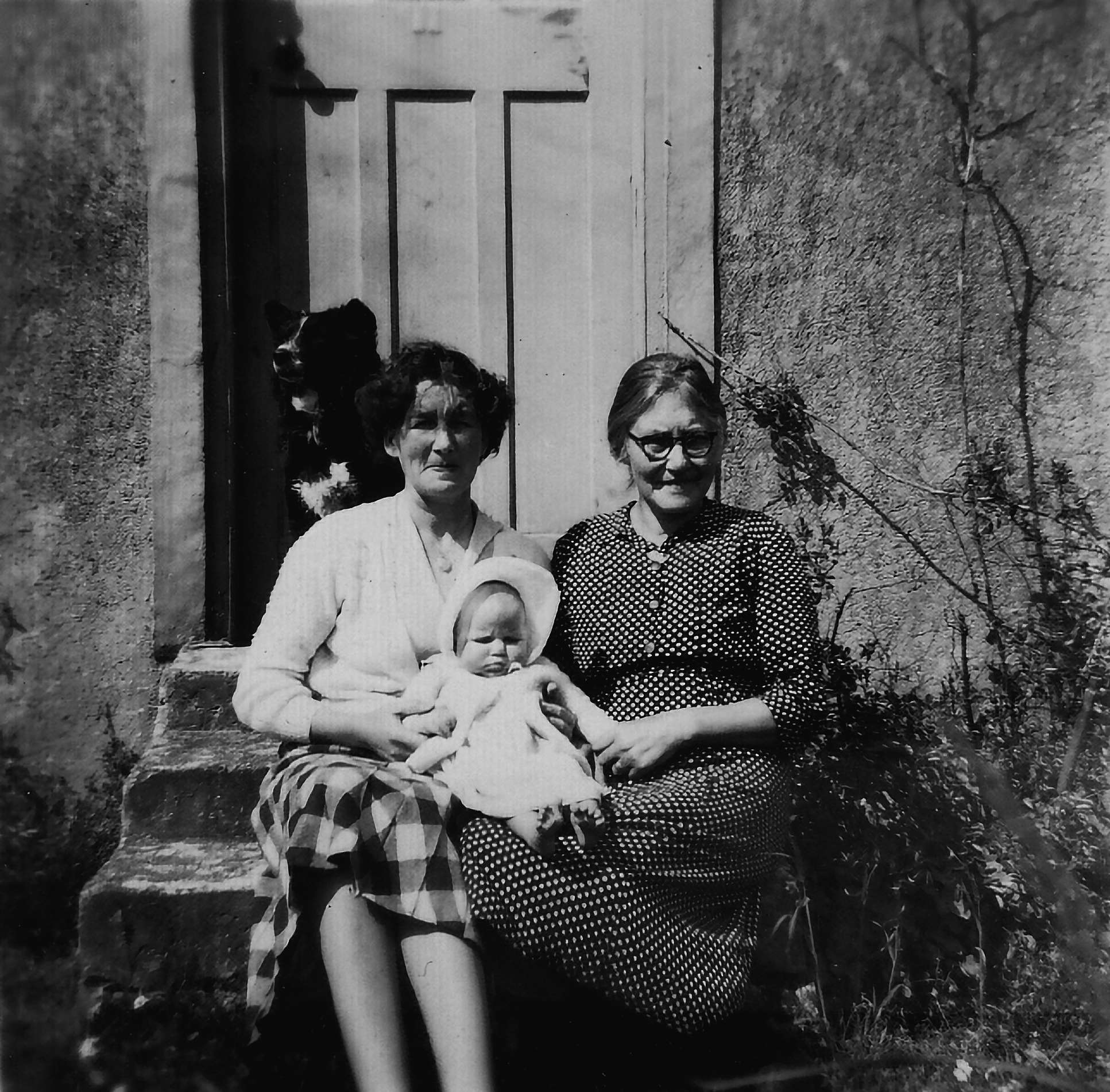
In fact, the Macleods of Dunvegan Castle sold 60 acres to the government in order to clear debts and between 1923 and 1924 68 families, almost all from Harris and Lewis in the Western Isles moved to Skye and created a new community. Now that community, including many who are descendants of those original families, are celebrating the centenary of their creation. Organisers of the anniversary events have been collecting photographs and old film and recording memories from older members of the community to mark the special event. Celebrations will culminate in June next year (2024) with a week-long series of events including exhibitions and ceilidhs and ending with the unveiling of a memorial cairn, for which the community is currently fundraising. Of the 68 families who came to Skye to take up the offer of a new croft, 43 came from Harris and 20 from Lewis in the Western Isles with just five from Skye itself, all with a connection to service in the First World War. Men, women and children arrived over the course of a year to create a community of around 400 people, living in the townships of Fernilea, Fiskavaig, Portnalong and Satran.
They came willing because although leaving their home islands behind must have been hard, the offer of a secure croft was too good to refuse. Not that life on Skye was easy, the land had not been cultivated for more than a century and the families had to start from scratch. They were sold small wooden huts – 10ft by 20ft – for £70, a loan which was halved if they built their own house. They had to build their own roads and clear the land to be able to begin farming.
Elizabeth Morrison is the granddaughter of one of the original families who moved to Skye. Allan MacLeod came from Carragrich in Harris, his parents and brother came with him and settled near Portree. “My grandfather was in the merchant navy, they were told when they came back from the First World War, the government would provide land for them but there was nothing available in Harris,” she explains. “Here they were provided with government huts, two-roomed buildings that they had to pay £70 for and they got two cows to start them off but there was nothing here. They had to clear the ground, they had to work hard to get their crofts up and running. Grandpa helped built the road to Portnalong.”
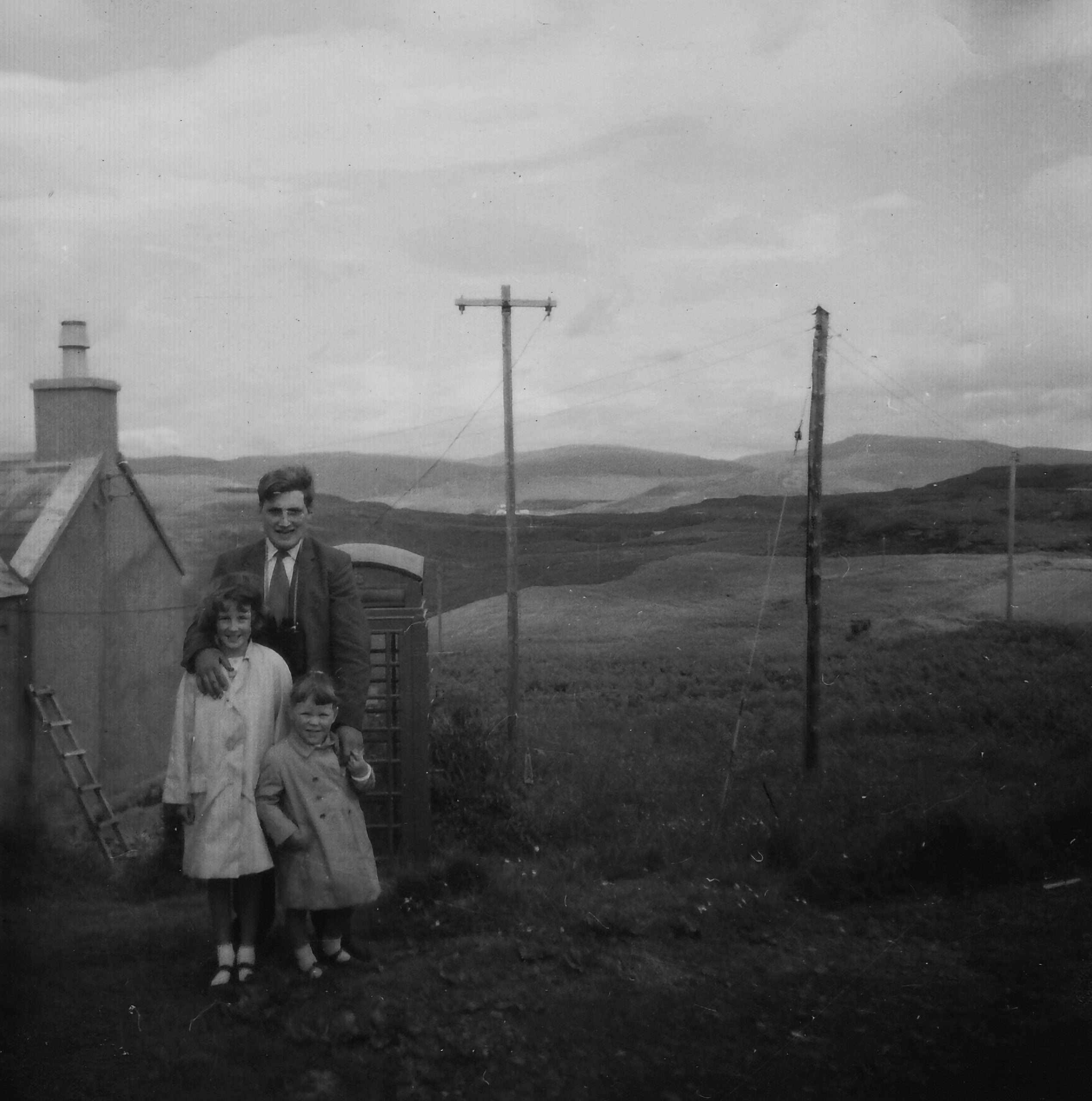
Her grandfather eventually set up a shop, his family had been shopkeepers on Harris, and allowed the wives to run up debts for essentials while their men were at sea fishing. “So, he provided for all the families, then when the men came back, they paid it off – there was a great sense of community like that, they all looked out for each other and helped each other out.” Nick adds: “There were collective activities, such as planting potatoes, 20 or 30 people would move from croft to croft so everyone shared in the labour to plant and get a crop in. They brought cattle with them. The cattle were spiked into the ground to stop them roaming and the chains cleared the bracken, then the cows trampled it into the ground. The pictures from the 1930s show them just starting to use horses to work the land.”
They lived on porridge, milk, potatoes, fish and crowdie cheese. “They were very self-sufficient; they were skilled in fishing and agriculture and they were a pretty hardy independent people. No-one had a lot of money, everyone was in the same boat, it was really egalitarian. I’m sure I wouldn’t survive very well but they were hardy devils,” says Nick.
Close-knit friendly place
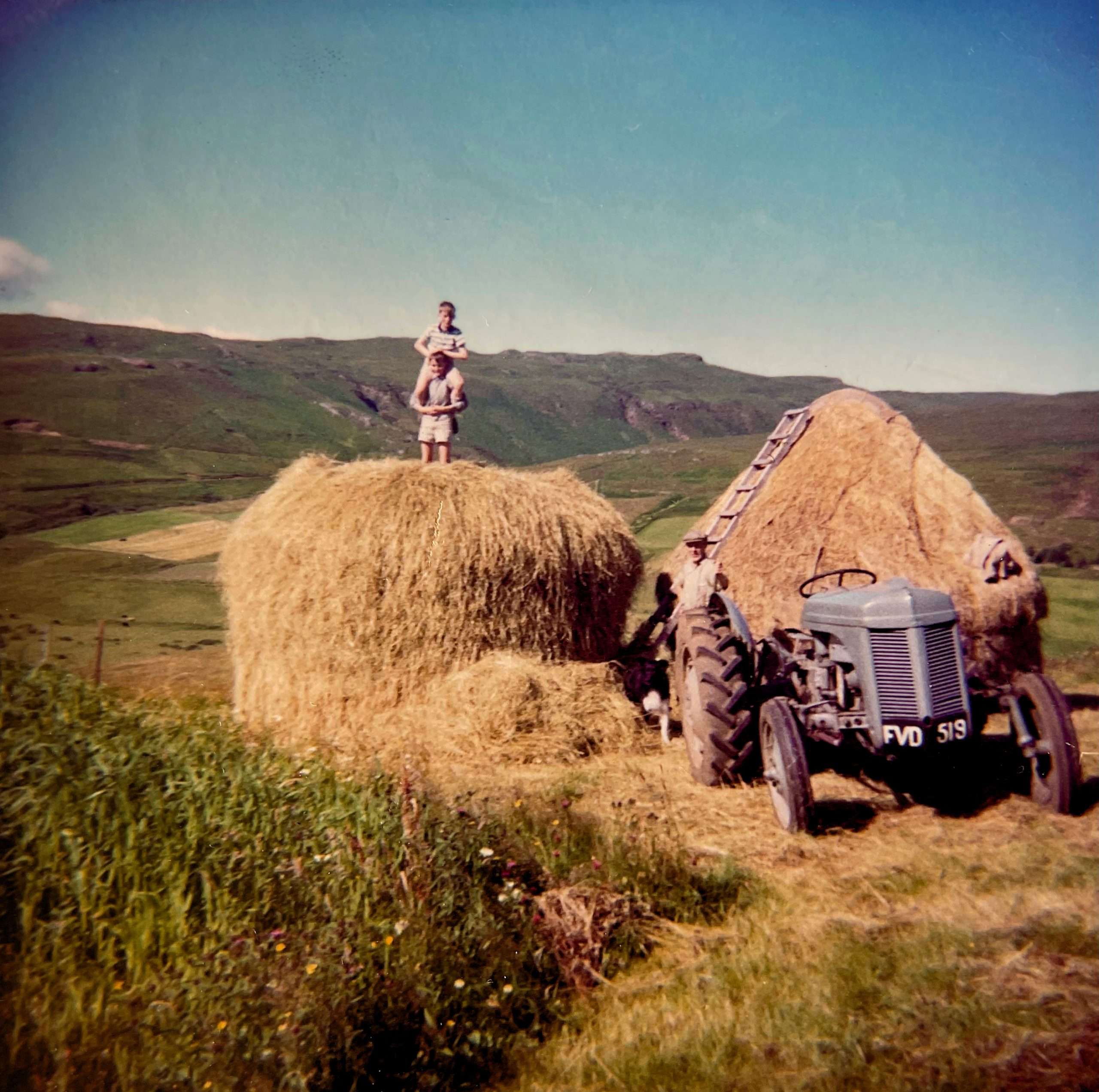
And while it sounds a tough lifestyle to modern ears, there was definitely a sense of contentment in the community, something which amazed Silver Darlings author Neil Gunn, whose own ancestors had been cleared from land in Sutherland, when he visited in 1937. He described the sound of looms clicking, many from Harris had brought their looms with them, from “snug and comfortable” homes and the “bright faces” of those who, while there were some grumbles, on the whole felt they “got a good and, in some respects, a generous deal”. In fact, the community was so self-sufficient it was many years before money was used regularly. Nick says: “It wasn’t until quite late, after the world war, when the Talisker Distillery took on more people and there were quite well-paid jobs that money was used and groceries vans began to come out from Portree.”
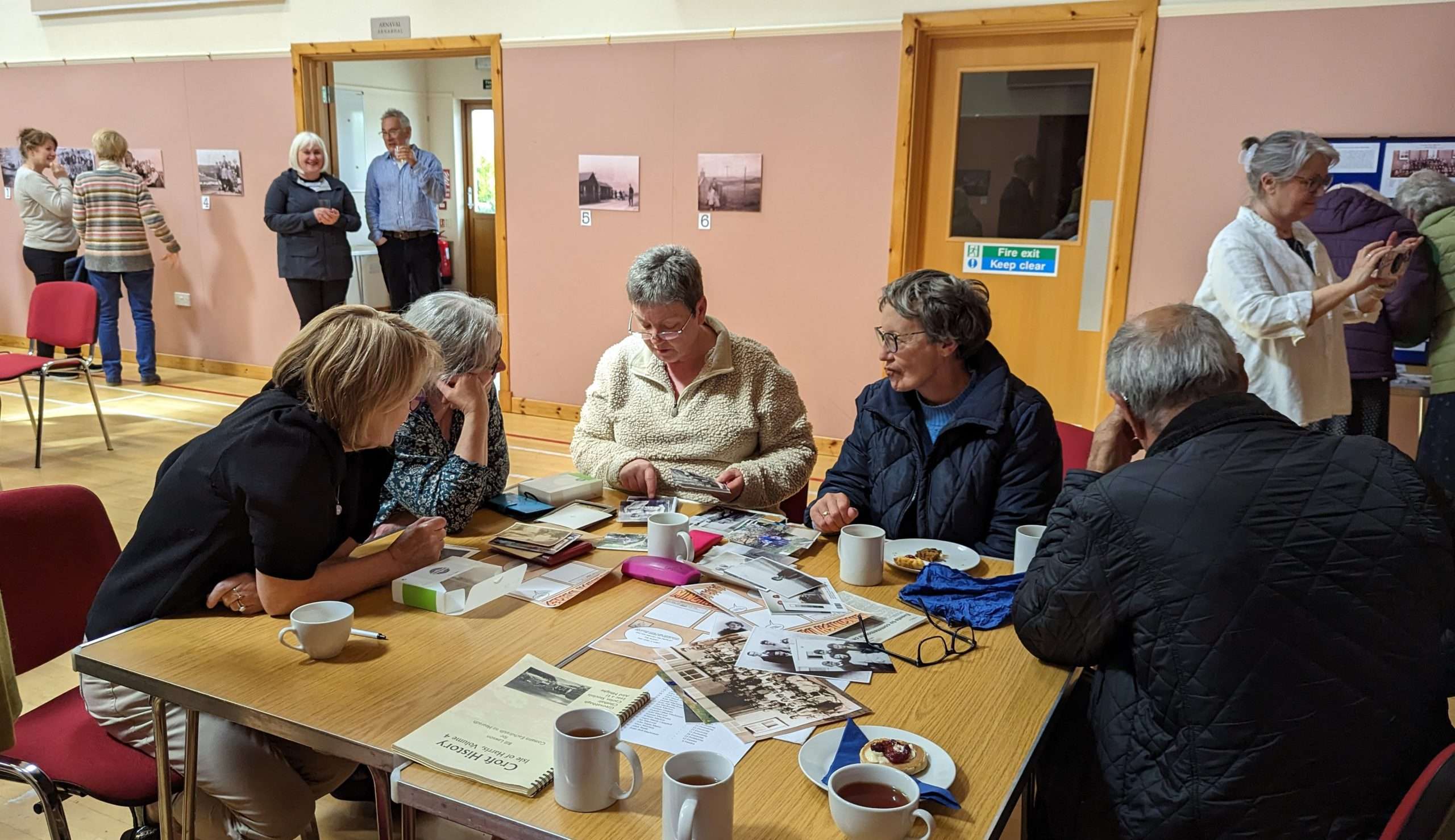
Now of course the community has changed with people leaving and incomers arriving but residents say it is still a close-knit friendly place to live – and that many descendants of the original families still call north Talisker home, including Elizabeth. She says: “I grew up here. I left when I was 18 – I worked in England and Inverness because there wasn’t an awful lot for me here. I’m now 60, I moved back 22 years ago. My children grew up here, my daughter was born here, they are the fourth generation. A lot of my school friends, people my age, have done exactly the same, gone away, then returned to the island. I think something always pulls you back.”
And she says working on the centenary project, collecting memories and photographs, has brought a new dimension to the community. She says: “I feel the whole project has brought the community together after Covid. We have brought everyone out, it’s a social thing as well as a history project, there is a camaraderie there. It’s a positive story, we are unique, very, very unique, I don’t think there is anywhere else that has this story.”
For more information, visit: www.minginishcp.uk
Text by: Judy Vickers.


A poignant community project that means so much to you all.
We visited Skye several times in the late sixties
And have a lovely photo( actually a slide) of a fishing boat leaving Portnanlong with the children waving good bye. I will look it out for you as I always wondered what they were doing now